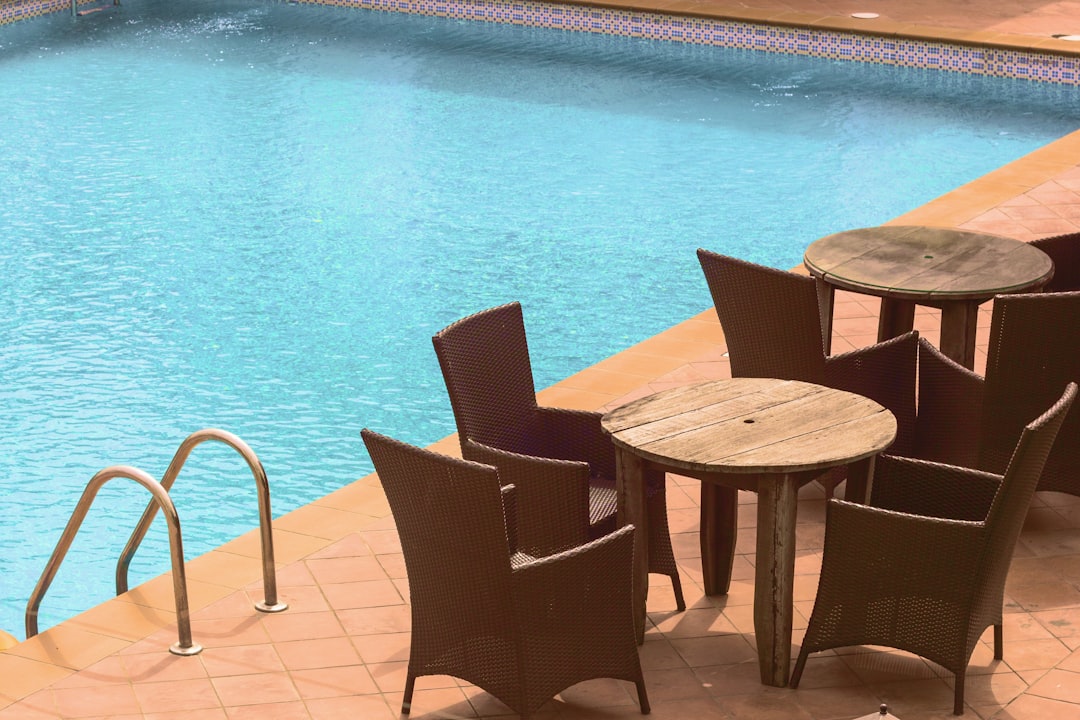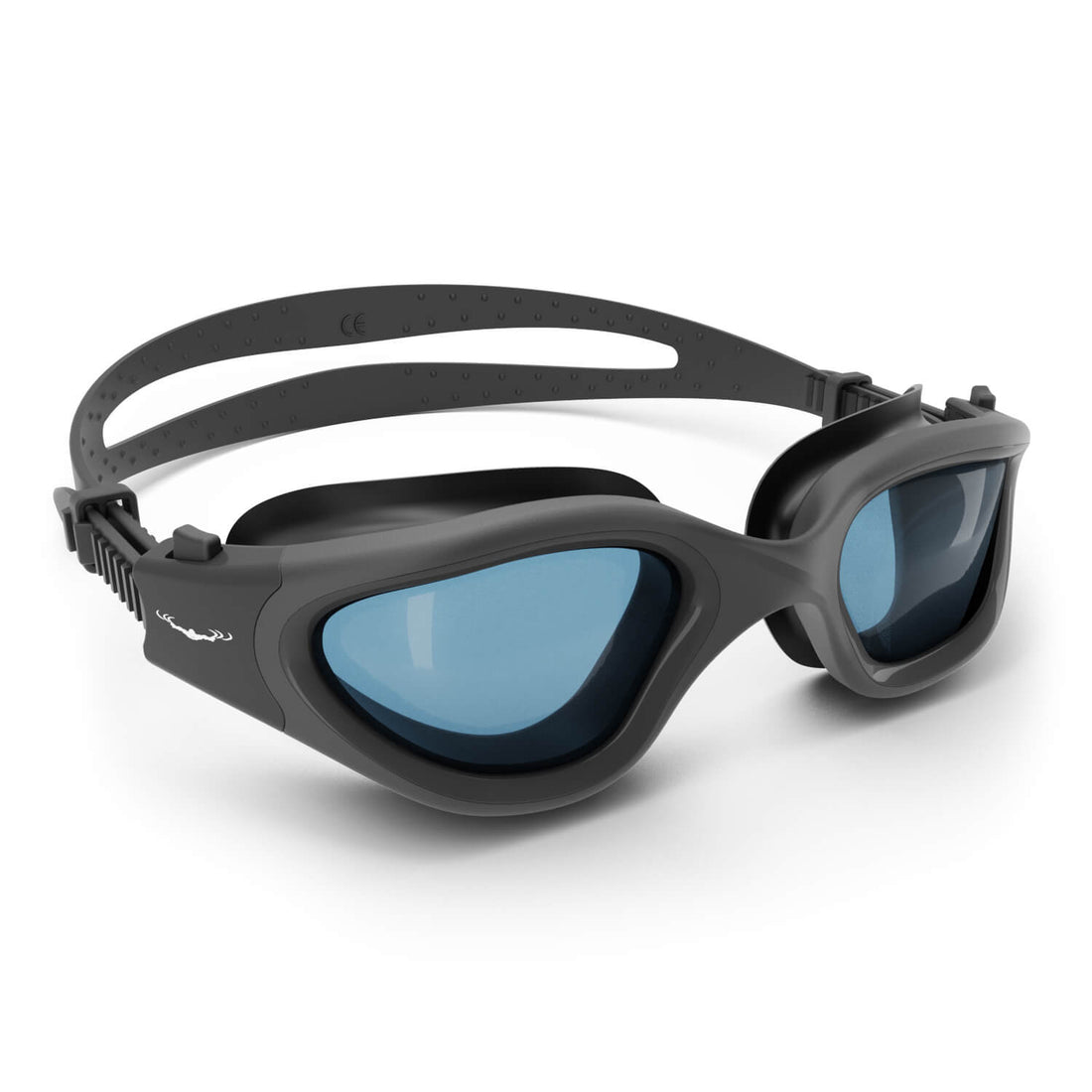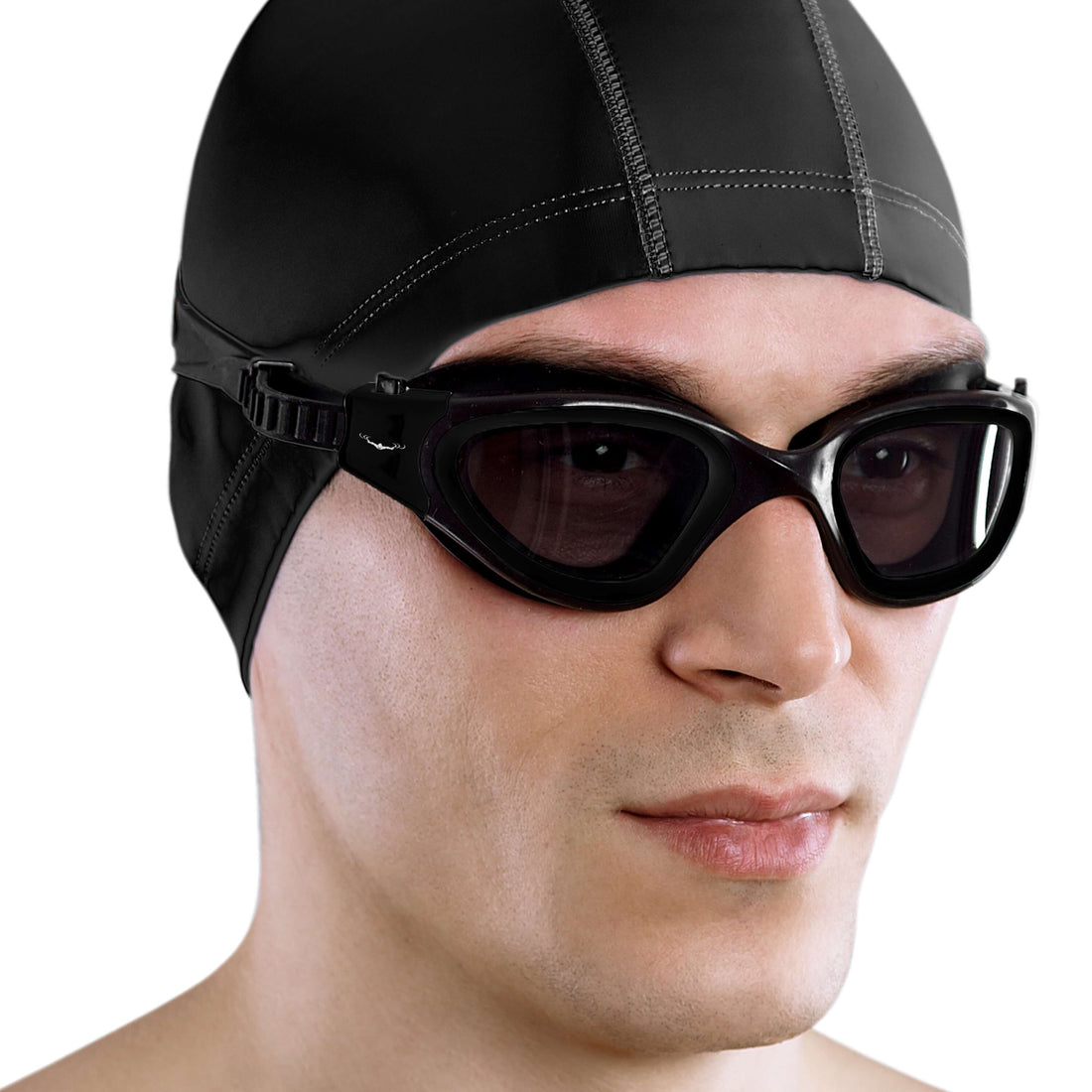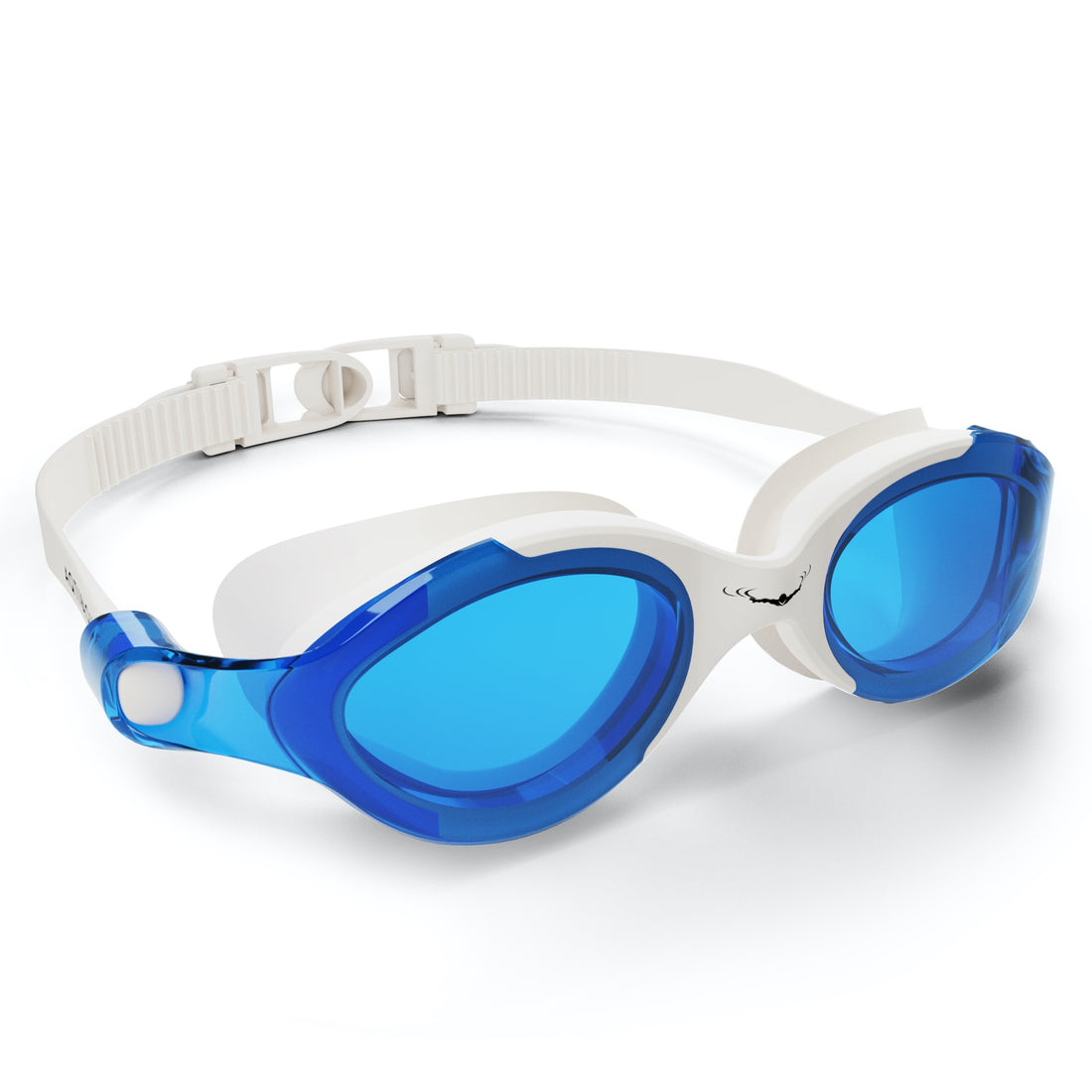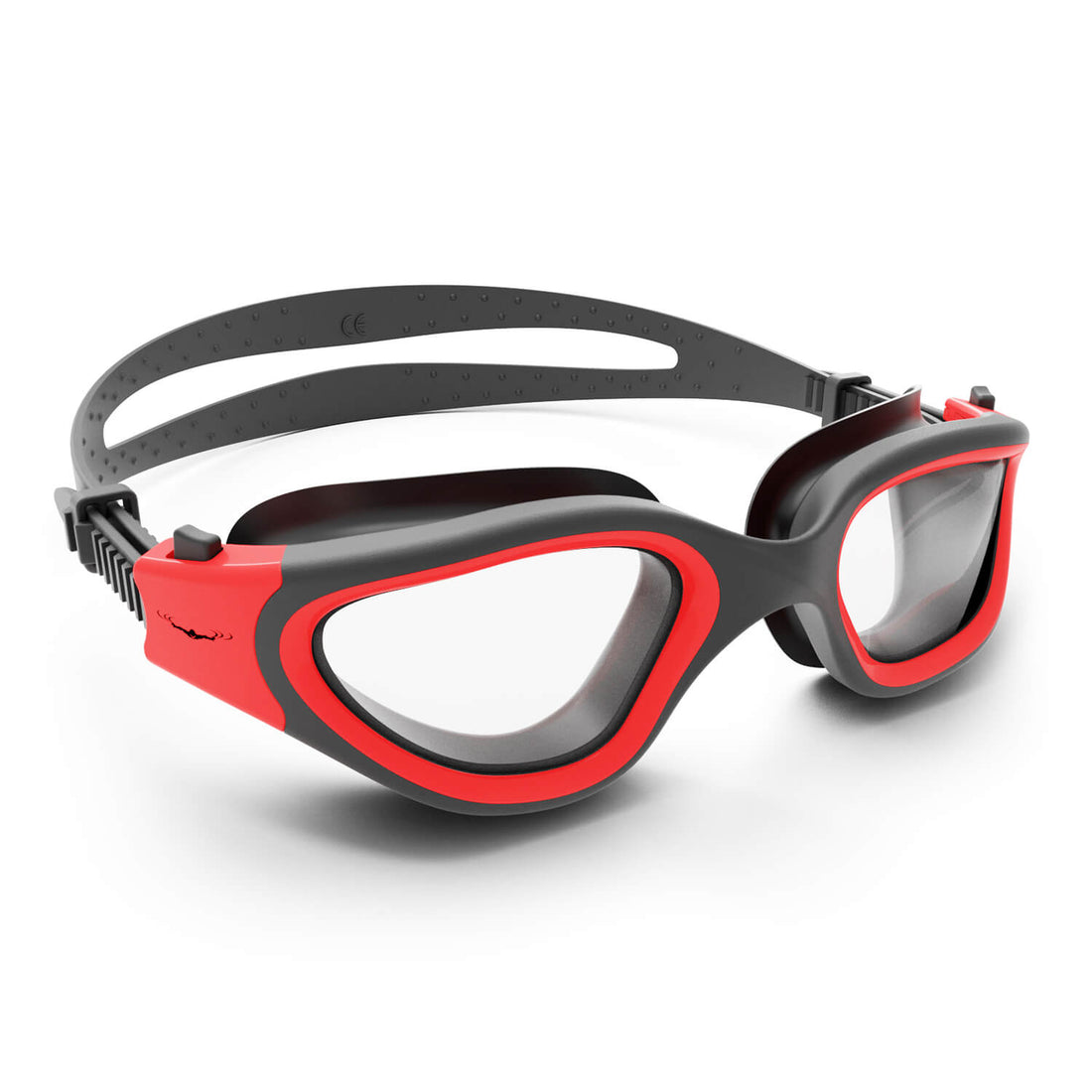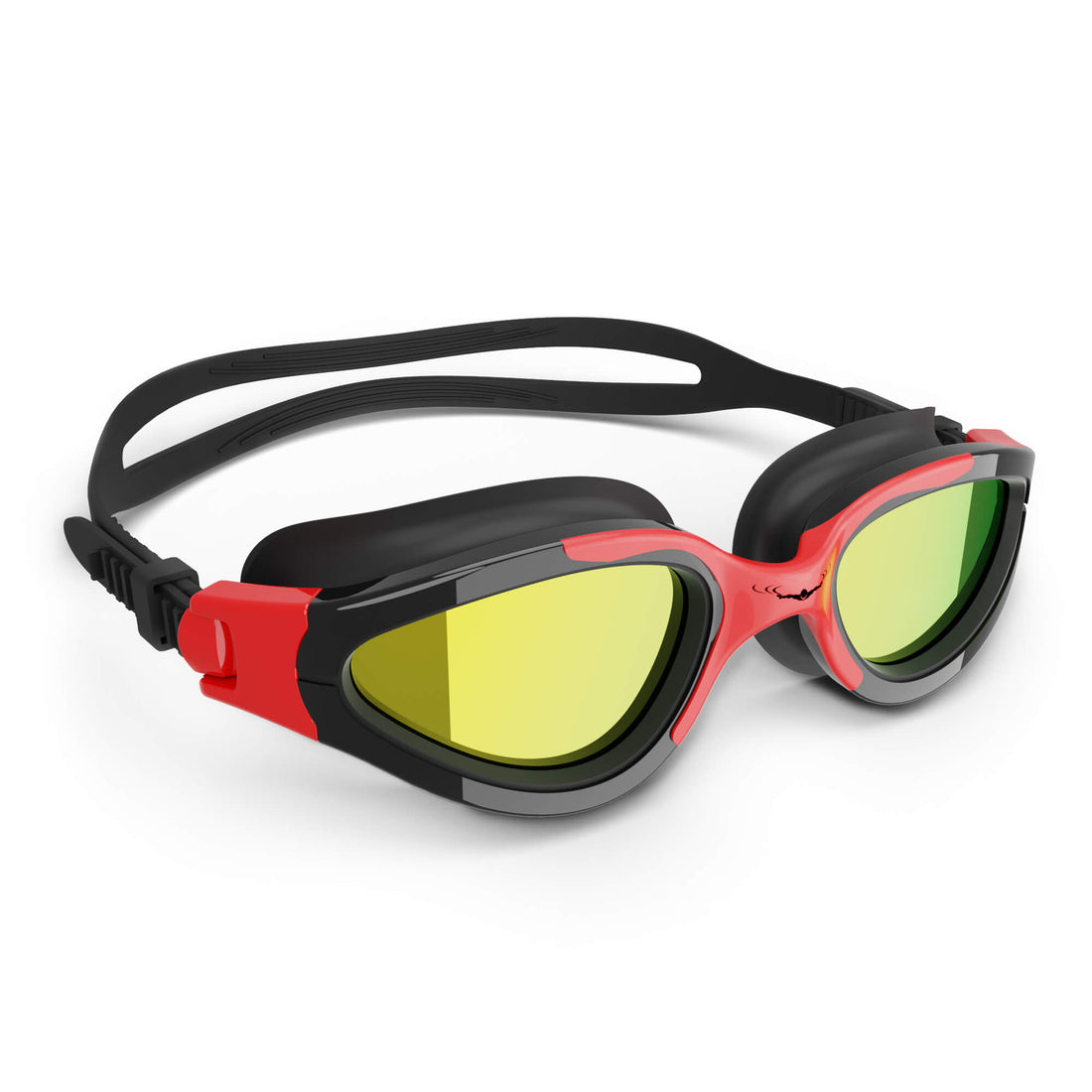Swimming is not only a fun and refreshing activity for children, but it also provides various health benefits. However, ensuring swimming safety for kids is paramount to prevent accidents and injuries. Whether your child is a beginner or an experienced swimmer, following some essential safety tips can significantly reduce the risks associated with water activities. Let's dive into some key recommendations to keep your little ones safe while enjoying the water.
Supervision is Key
One of the most critical swimming safety tips for children is to always supervise them closely while they are in or around water. Whether it's a pool, lake, or beach, never leave your child unattended, even if they are wearing swimming goggles or swim caps. Designate a responsible adult to watch over the kids and ensure they are safe at all times.
Teach Proper Swimming Techniques
Enrolling your child in swimming lessons not only enhances their swimming skills but also teaches them essential water safety practices. Make sure they learn how to float, tread water, and swim different strokes effectively. Additionally, educate them on the importance of wearing swim goggles and swim ear bands to protect their eyes and ears while swimming.
Choose the Right Gear
Investing in proper swimming gear is crucial for your child's safety and comfort in the water. Ensure they have well-fitting swim goggles with polarized polycarbonate lenses to help reduce glare and provide clear vision underwater. Additionally, swimming caps can help keep their hair out of their face and maintain good visibility while swimming.
Stay in Shallow Water
For young or inexperienced swimmers, it's advisable to stay in shallow water where they can touch the bottom easily. Gradually introduce them to deeper areas as they gain more confidence and proficiency in swimming. Always monitor their comfort level and never push them beyond their limits.
Establish Water Rules
Setting clear rules and boundaries regarding water safety is essential for children. Teach them to never run near the pool, dive into unknown waters, or swim alone without adult supervision. Reinforce these rules regularly to instill good water safety habits in them.
Learn CPR
Accidents can happen even with all precautions in place. Being prepared to handle emergencies is crucial, especially when it comes to water-related incidents. Learning CPR (Cardiopulmonary Resuscitation) can be a lifesaving skill that every adult supervising children near water should have.
Check Water Depth
Before allowing your child to swim in a pool or any body of water, always check the water depth and potential hazards. Ensure that the water is deep enough for safe swimming and free from obstructions or dangerous currents. Avoid areas with sudden drop-offs or hidden obstacles.
Sun Protection
Protecting your child's skin from the sun's harmful UV rays is crucial during swimming activities. Make sure they wear sunscreen with adequate SPF, reapply it regularly, and consider using UV-protective swimwear for additional coverage. Don't forget to protect their eyes with UV-blocking swim goggles.
Hydration Matters
Swimming can be a physically demanding activity, and children may not always recognize signs of dehydration. Encourage your child to drink plenty of water before, during, and after swimming to prevent dehydration. Pack some healthy snacks like fruits to keep them energized during their water adventures.
Practice Water Entry Techniques
Teaching your child proper water entry techniques can prevent injuries and accidents, especially when diving or jumping into the water. Ensure they know how to enter the water safely without causing any harm to themselves or others. Emphasize the importance of checking for other swimmers before entering the water.
Stay Away from Drains
Drains and suction outlets in pools can pose a danger to swimmers, especially children. Make sure your child is aware of the potential risks associated with pool drains and teach them to stay away from these areas while swimming. Educate them on the importance of informing an adult if they notice any broken or malfunctioning drains.
Encourage Open Communication
Creating an environment where your child feels comfortable discussing water-related concerns is crucial for their safety. Encourage open communication and teach them to express any fears or doubts they may have about swimming. Addressing their questions and reassuring them can help build their confidence in the water.
Enjoy Safe and Splashing Adventures with These Swimming Safety Tips
By implementing these swimming safety tips for children, you can create a secure and enjoyable swimming experience for your little ones. Remember, safety should always come first when it comes to water activities. Equip them with the right gear, educate them on essential safety practices, and supervise them diligently to ensure a fun-filled and risk-free time in the water!


